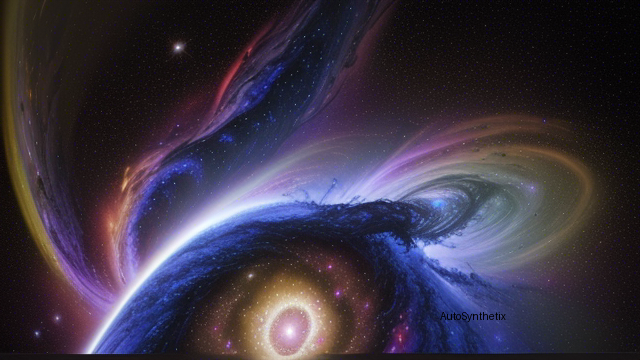In our ever-expanding quest to unravel the mysteries of the cosmos, scientists continuously push technological boundaries to unlock deeper insights into celestial phenomena. One such enigmatic occurrence shrouded in scientific curiosity is the elusive high-redshift Gamma Ray Bursts (GRBs). These powerful eruptions hold immense potential as probes of the primordial universe but remain challenging to identify swiftly, obstructing timely astronomical investigations. Recently published research spearheaded by Maria Giovanna Dainotti et al., aims to revolutionize this process utilizing advanced supervised machine learning techniques applied to a comprehensive dataset of GRBs gathered from the renowned Neil Gehrels Swift Observatory.
The researchers' primary objective revolves around improving the accuracy of classifying GRBs according to their redshift values. With a better understanding of these distances, astronomers could more efficiently schedule telescope observation times, significantly advancing observational studies concerning high-redshift events. To accomplish this ambitious goal, the team meticulously analyzed a collection of 251 GRB instances accompanied by known redshift measurements. By incorporating data pertaining not just to the 'prompt emission,' traditionally associated with GRB outbursts, but also considering subsequent 'plateau phases', the investigation offers a holistic viewpoint crucial for accurate predictions.
To tackle the problem at hand, the group explored various ensemble machine learning strategies leveraging diverse models within one predictive framework. They further refined their approach by testing its efficacy under distinct redshift threshold conditions spanning a range from z=2.0 to z=3.5. Their endeavors culminated in achieving impressive sensitivities reaching 87% and 89%, correspondingly, when adopting a balance sampling strategy across z=3.0 and z=3.5 redshift barriers—representing notable upturns of approximately 9% and 11% above the baseline performance delivered solely by Random Forest algorithms previously deployed in similar tasks. Notably, the most favorable outcomes were obtained at z=3.5, exhibiting minimal disparity between training sets' performances against those tested, underscoring the model's robustness.
This breakthrough work heralds a paradigm shift in how high-redshift GRB identification unfolds, empowering astrophysicists worldwide to revisit existing theories while fostering novel discoveries regarding some of the earliest epochs in the evolutionary tapestry of our vast cosmos. As technology continues evolving apace, future advancements promise even greater precision, ultimately allowing us to decipher nature's cryptic messages hidden amidst the farthest realms of space and time.
Source arXiv: http://arxiv.org/abs/2408.08763v1
